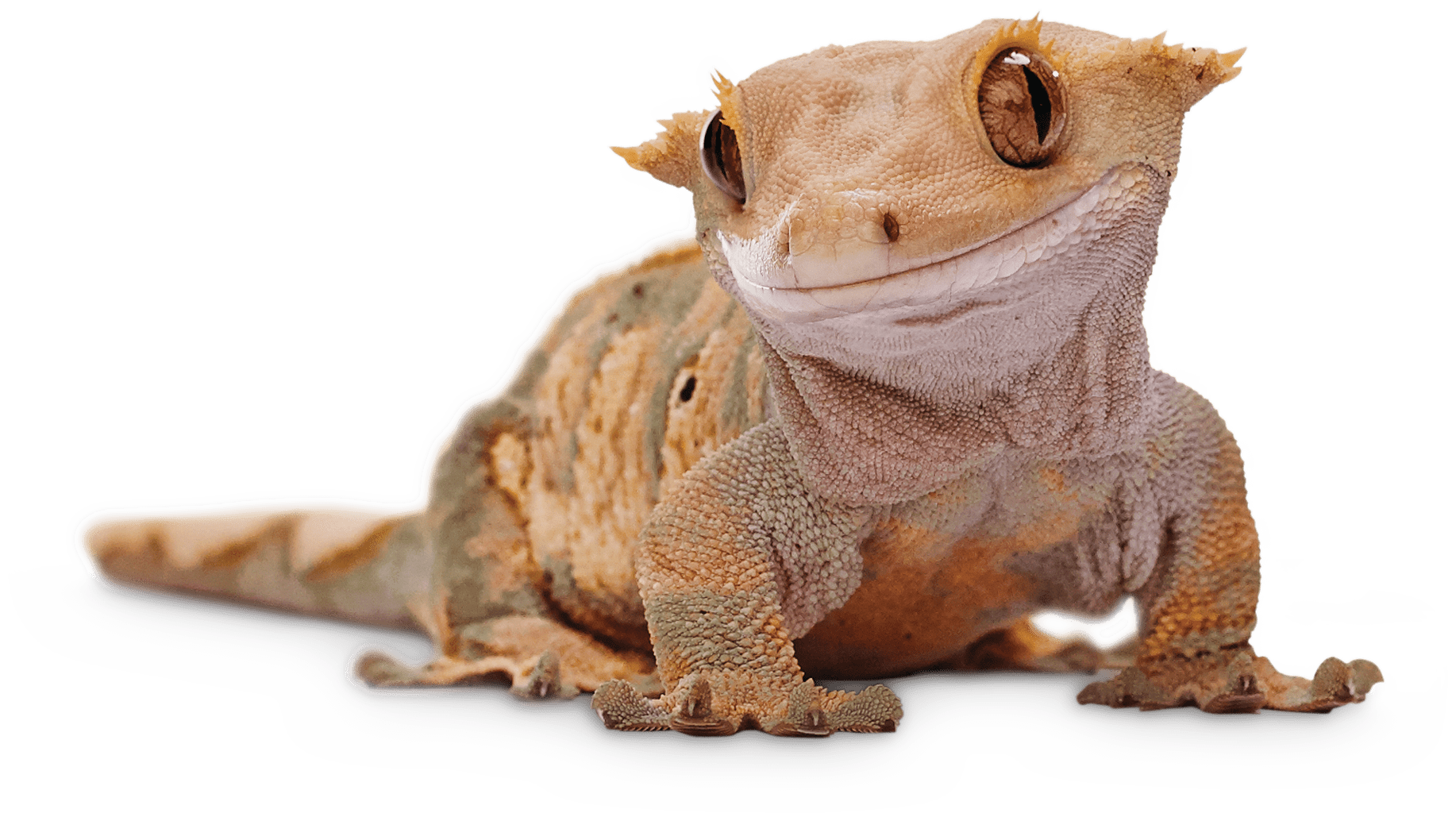I , inherited a 2 year old corn snake, approximately 3 feet long and very thin I don't really want it get big, but want to make sure I am caring for it correctly What is the best habitat to buy and do they need a reptile light or not? He is currently in a 10 gallon fish tank with wire mesh cover, small housing structure, water dish and fake leafy plant and feed it 3 pink mouse per week ( I was told he should be eating larger mice, but his head/mouth are small even pinkie is a struggle)
Corn snakes can grow to as long as 5 feet. On average, they grow to 3-4 feet. A 10 gallon tank is too small. At minimum, a 20 gallon enclosure is recommended. A temp range of 75F-85F is best. They do not "need" a UVB light source but seem to be healthier with one. At 2 years of age, it should be eating adult mice. If it can't, feed whatever you can to get it back into a positive plane of nutrition so it can grow properly. Consider an exam with your veterinarian or an experienced herp vet to diagnose and treat any pre exiting conditions. Submit a stool sample to diagnose intestinal parasites. More information regarding care can be found here: http://www.anapsid.org/corn.html
Read More
